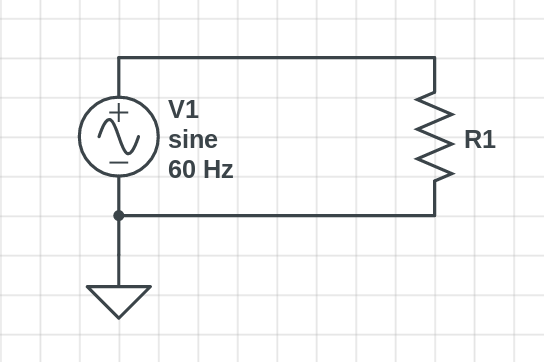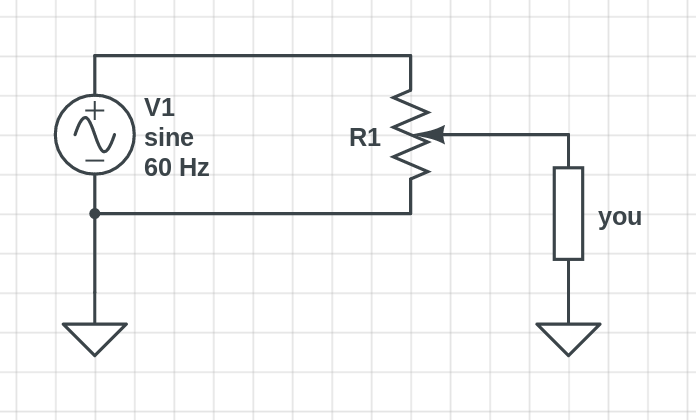How could they possibly sell a consumer-oriented product like that which zaps its users if they happen to touch the interior slightly as they stick a knife into the piece of toast bread to get it out from the toaster when it inevitably gets stuck sometimes? Or is too hot to use your fingers?
Consider your own perspective. This sentence shows an expectation on your part that the entire world be covered with “baby bumpers” to protect people from their own stupidity.
A non-cheap water boiler recently stopped turning itself off from just handling it a little too roughly, so if something potentially dangerous like that could happen so easily, maybe the toaster can also start leading electricity through its inner metal parts?
More of that assumption. “Handling a bit too roughly” means “smashed up”. I’m not sure what you’re looking for there. Indestructible stuff?
Notice how your earlier bit was an accountability shift: from “I am responsible for my actions” to “the world must anticipate my foolishness and protect me from myself”. Which is not a good road to go down, by the way.
And this chapter shifts from “I broke this due to my own carelessness and I am responsible to replace it”, to “the manufacturer is at fault for making it possible to be broken by me”.
That’s not a reasonable stance; if that actually had legal tooth, no one would manufacture anything at all.
I'm also interested in hearing if this was different for early toasters. Usually, things back in the day used to be very dangerous and scary.
There it is. The assumption that things used to be unsafe, and are now, safe.
What year, exactly, did you think things changed???
Of course they didn’t change at all. Everything that was dangerous is still dangerous. In 1933, people were sending their children to the railroad yards to pick up stray pieces of coal to burn in their stoves. Railroad yards are still just as dangerous; what changed is houses stopped using coal.
And there have been tiny increments of improvements for a century in 10,000 areas. Highways started to get guardrails to protect deadly cliffs. Then they got barrels to protect bridge abutments. Bigger roads got boulevarded to separate opposite traffic. Kitchens got GFCI devices, which pretty much put the kibbosh on toaster-knife fatalities and a variety of other kitchen-bathroom-pool-dockside accidents (where installed; older facilities grandfathered). Smoking is less common, which reduced bedroom fires. We have bodies like NFPA, NTSB, NHTSA, even BLM making a million small improvements.
I won’t deny there’s a nerfing effort, and some part of our economy is allocated to it.
But you are mistaking that for “the whole world being nerfed”. Not hardly.
I think what we’re really hearing there is a young person’s sense of immortality, or outrage at mortality?
But then again, this world is full of dangerous things, and maybe it's considered to be such a basic security knowledge...
Because education is an essential part. If you tell people “don’t do X”, then you don’t need massive infrastructural changes to protect them from themselves.
We’re seeing that played out, right now, with COVID-19. We have nothing to fight it with, except education. We can actually win it with collective intelligence. Some countries are.
It still seems odd to me. Why would they have the metal parts responsible for pressing against the bread and keep it in place be having electricity going through it? When asked, my mum just says that it "may easily get electrified" as if things like that just happen. But maybe she is right?
Tell you what. McMaster-Carr sells strip heaters as components, and they’re double-insulated. How about take a toaster, tear the offending exposed heater coils out of it (leave the toast lift), and replace them with double-insulated strips? And get back to us.
(Hint: the insulated toaster will be slooooooow.)
And by "inner metal parts", I don't mean that I've unscrewed it and taken it apart. I just mean the "insides"; the little hatches for the pieces of bread. The parts you can easily accidentally touch with a knife when you try to get the pieces of bread out from the oven.
You haven’t made clear why it’s necessary for you to poke metal objects in the toaster. There are 1000 safe things you could use, chopsticks, purpose-built toast grabbers, etc.
The only thing I can possibly come up with is that there is already a knife in your hand because you just sliced the bread and/or are about to spread jelly on it. That’s like owning a chainsaw rental and using Macs for the business PCs, saying you should be able to open the RAM access door using a chainsaw “because that’s what we have around here”.


